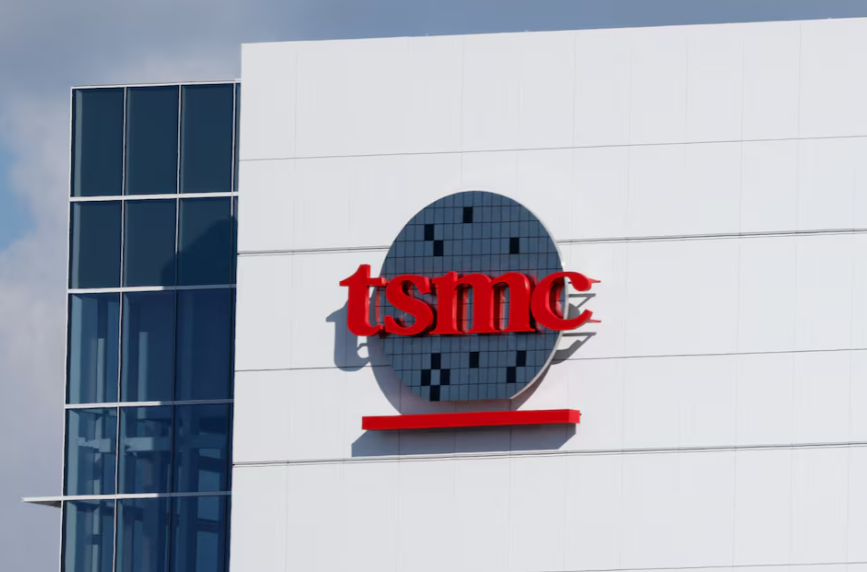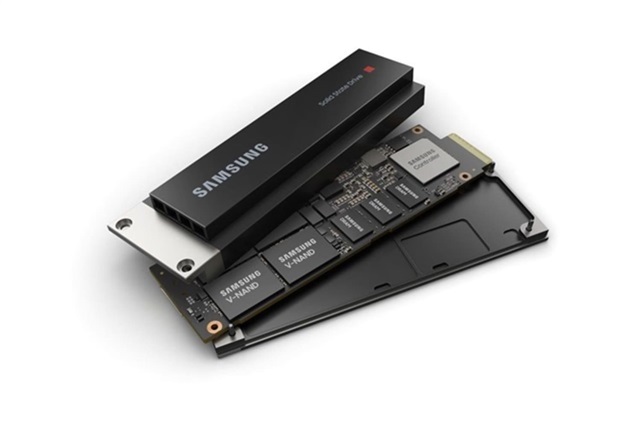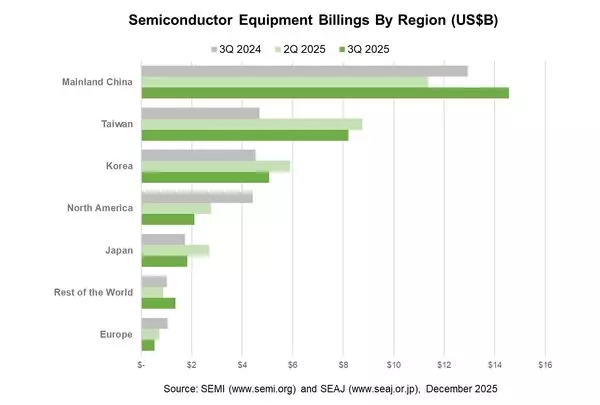
TSMC opens new tab, the world's main producer of advanced AI chips, posted record, forecast-beating quarterly profit on Thursday but warned that future income might be hit by U.S. tariffs, though perhaps not until the fourth quarter.
Saying demand for artificial intelligence was getting stronger and stronger, Taiwan Semiconductor Manufacturing Co predicted another leap in sales for the third quarter and hiked its revenue outlook for the full year.
It also noted that key client Nvidia opens new tab had recently been allowed by the U.S. government to resume sales to China of its H20 AI chip.
"China is a big market, and my customer can continue to supply the chip to the big market, and it's very positive news for them and in return it's very positive news for TSMC," Chief Executive C.C. Wei told a press conference.
But momentum for fourth-quarter earnings could be different.
"We are taking into consideration the possible impact of tariffs and a lot of other uncertainties, so we are becoming more conservative," he said, though he added that TSMC had yet to see any changes in customer behaviour so far.
A 60% SURGE
In the April-June quarter, net profit hit a historic high of T$398.3 billion ($13.5 billion), up 60.7% year-on-year and marking its fifth straight quarter of double-digit growth. That was well ahead of a T$377.9 billion LSEG SmartEstimate.
For the current quarter, it predicted a leap in revenue of up to 40% and for the full year, it now estimates revenue growth of around 30% in U.S. dollar terms, up from a previous forecast of "close to the mid-20s".
But while sales are roaring, TSMC said the Taiwan dollar's appreciation against the U.S. dollar - around 12% so far this year - would dent margins.
Its third-quarter gross margin is expected to fall to between 55.5% and 57.5%, down from 58.6% in the second quarter, also hurt by TSMC's ramp-up of investment in new U.S. and Japanese factories.
However, the company stuck to its capital expenditure plan for the year of $38 billion to $42 billion, and Chief Financial Officer Wendell Huang said it was very unlikely such spending would suddenly drop going forward.
Stay up to date with the latest in industry offers by subscribing us. Our newsletter is your key to receiving expert tips.

PC manufacturers are planning significant price increases on 2026 models as an acute shortage of conventional memory chips, driven by soaring demand for artificial intelligence hardware, tightens supp

SEMI, the industry association serving the global semiconductor and electronics design and manufacturing supply chain, today announced in its Worldwide Semiconductor Equipment Market Statistics (WWSEM

As the global memory shortage intensifies, Innodisk chairman Randy Chien stated that the trend for 2026 will be simultaneous shortages in DRAM and NAND Flash, while edge AI applications take off. With